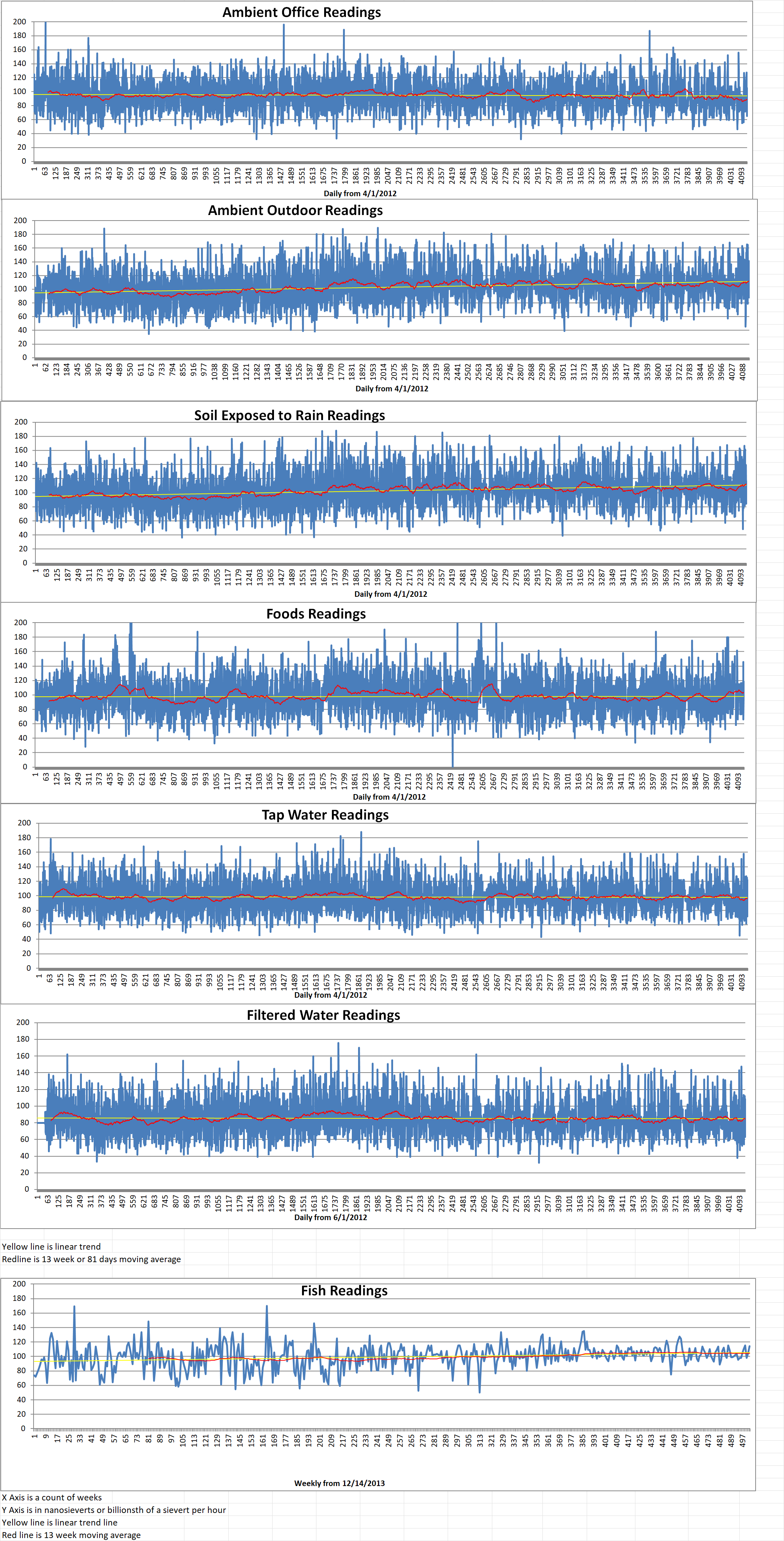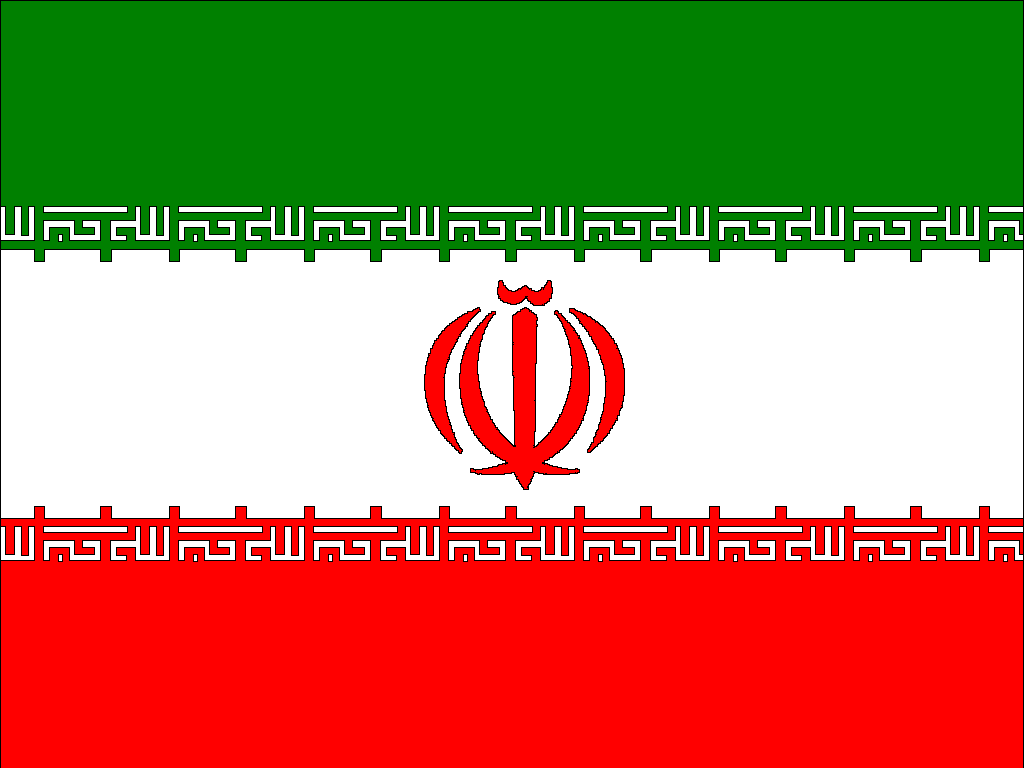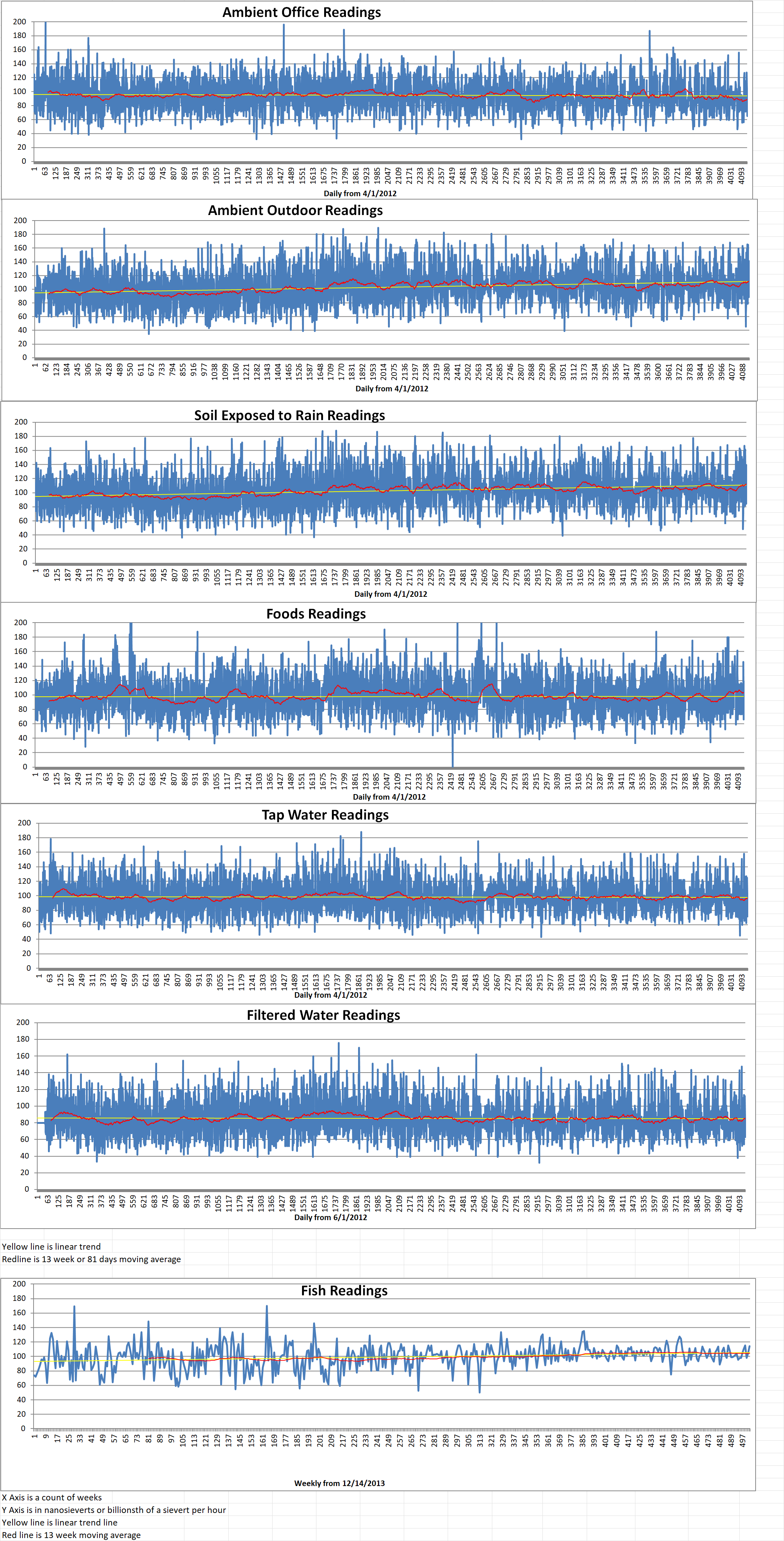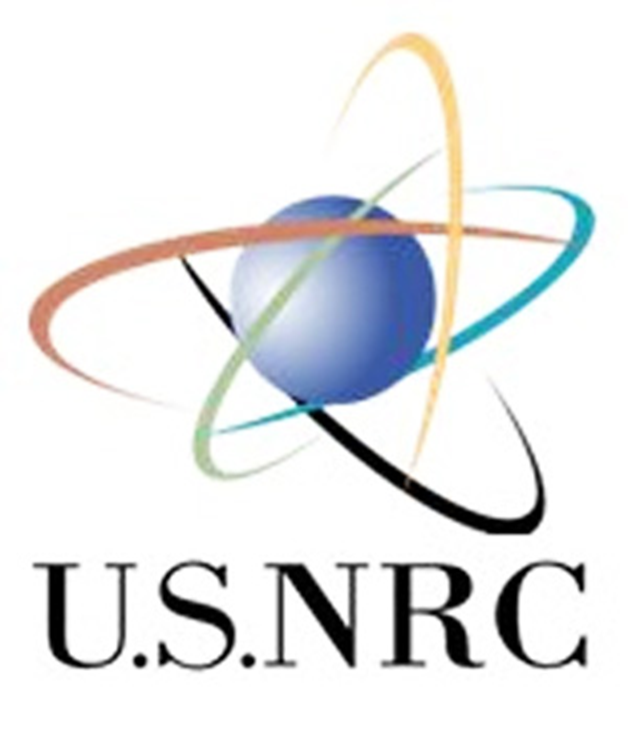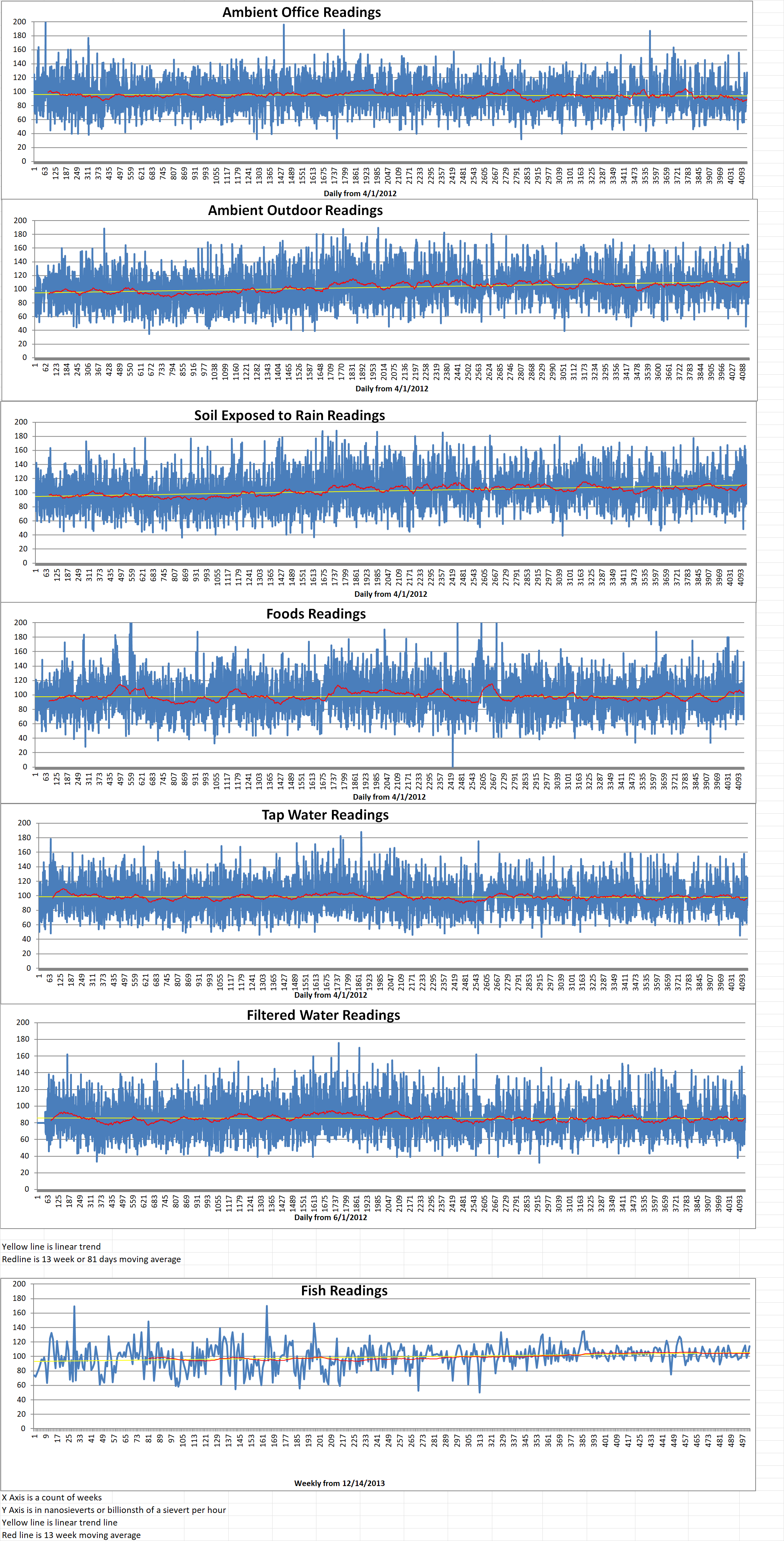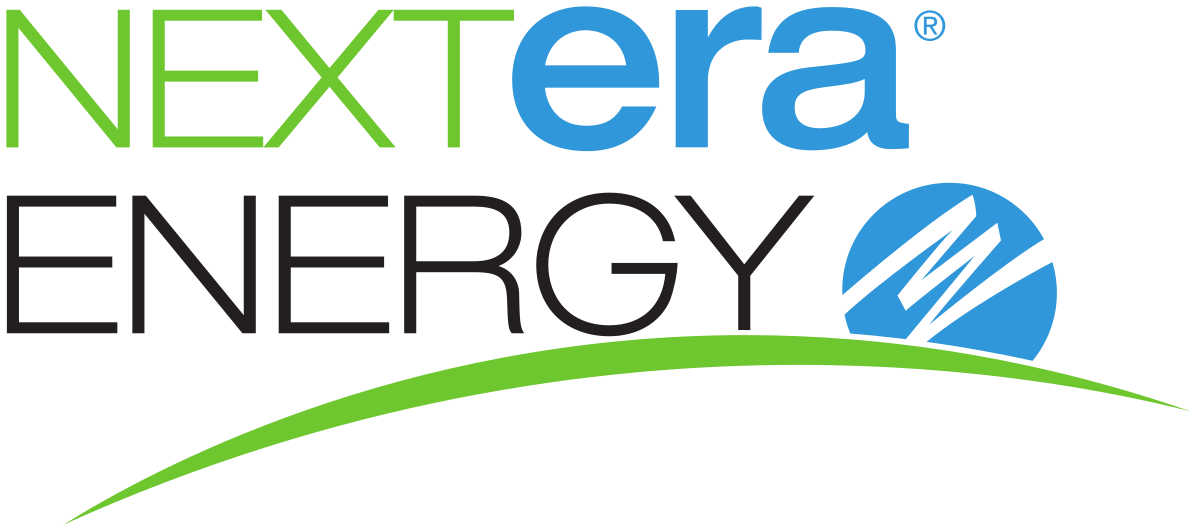Part 2 of 2 Parts (Please read Part 1 first)
In an email statement to New Hampshire Public Radio, Orlove attempted to assuage any concerns about the quality of the plant’s emergency plans. He said, “The proposed plan does not change the number of full-time employees at Seabrook Station and does not move emergency response roles out of state. All our on-site personnel would respond, as they would now, to an emergency at Seabrook Station. Understand that we already have a robust emergency response organization and processes at each nuclear facility. This change proposes a hybrid emergency response program that would allow experts at our other locations to provide support, if needed.”
Orlove said that the company previously had to fill each emergency role from staff at each nuclear plant. He said that this “meant less flexibility. We need to have depth (“bench strength,” if you will) in all our emergency roles. Currently, some personnel are assigned to roles that the company has determined are not necessary. Eliminating those roles makes additional site personnel available for the roles that are needed.”
A few positions will be designated “remote,” according to Orlove. That means that those jobs could be performed by the personnel within the area of the nuclear facility or by personnel from another nuclear facility.
He said that NextEra was proposing extending response times for some positions during emergencies because training and simulations “demonstrates that on-site personnel are fully capable of managing one of our facilities in an emergency for extended periods of time,” and a longer response time would allow employees “greater flexibility” when they’re not working at the plant.
In response to questions about how remote communications could fail during a weather emergency, he said that remote communications currently take place daily, and has always been part of the emergency plan, given that the current emergency response facility is 10 miles away from the plant.
Orlove went on to say that “All our nuclear facilities, including Seabrook Station, already include remote response roles in emergencies and any increased incorporation of remote responses in the emergency plan does not in any way impair the site’s emergency response preparedness.”
Federal lawmakers from New Hampshire and Massachusetts have sent letters to the NRC, asking them to ensure the changes don’t diminish public safety and encouraging them to help the public learn about the plans before deciding whether to approve them.
On December 5th, the New Hampshire congressional delegation wrote “We recognize the need for coordinated planning and synchronization among facilities and appreciate efforts to focus on emergency preparedness. However, we have serious questions about the details in the proposed plan related to staffing locally in Seabrook, New Hampshire.”
Lawmakers asked how the plan revisions would improve safety. They wanted to know whether NextEra would reduce the number of full-time employees that hold emergency response roles. They were also worried about how increasing remote response positions would impact safety. The legislators urged the commission to ensure the public has an opportunity to provide comments about the plans.
Senators Ed Markey and Elizabeth Warren sent a letter on Dec. 21 urging the commission to reject changes that would decrease safety for people living near nuclear plants.
“We strongly believe that the NRC’s pending decision must prioritize public safety over potential cost savings for the operator,” they wrote.
The NRC said they had not set an expected date for their decision.

